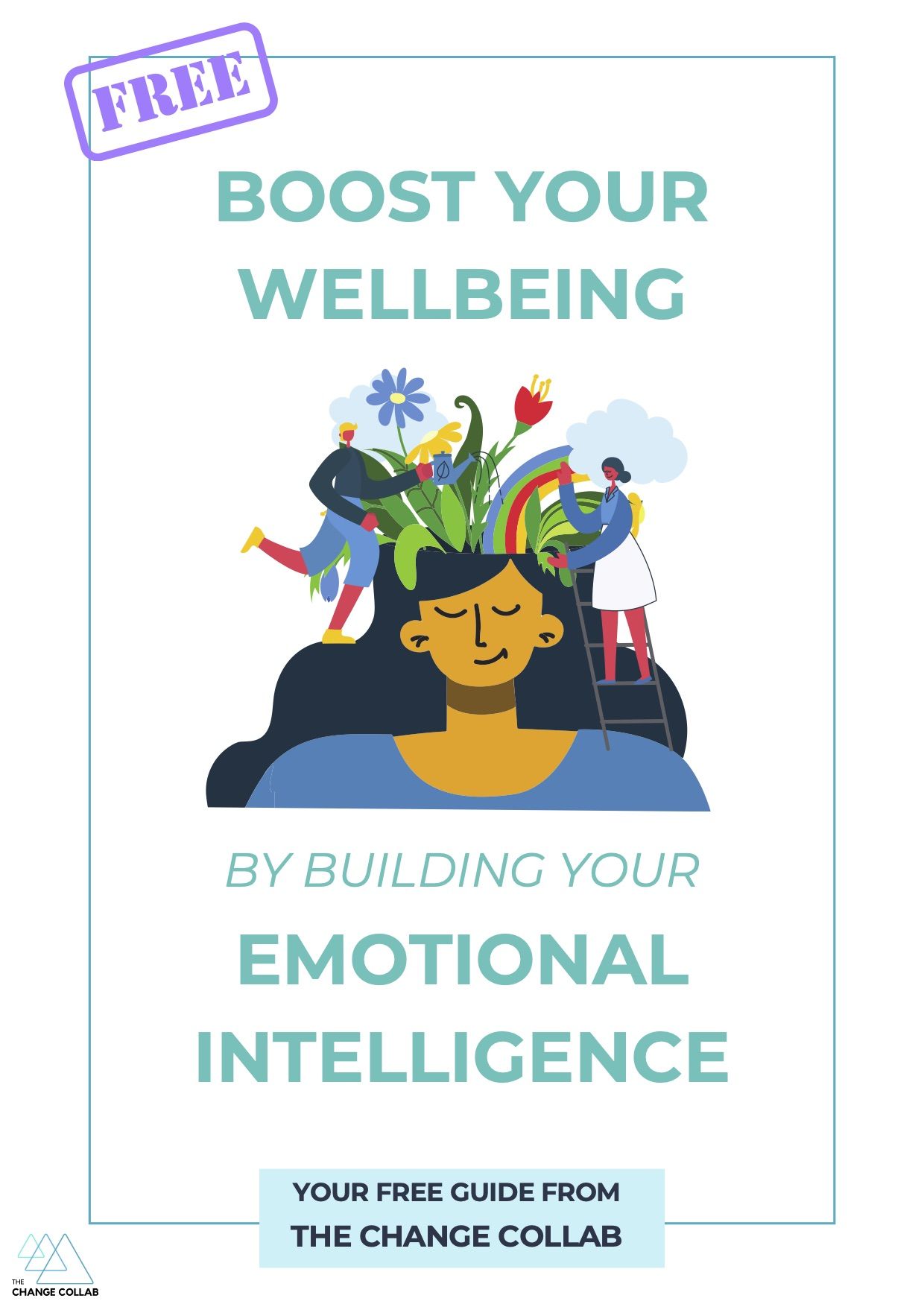
Have you ever felt overwhelmed, stuck in cycles of stress, or unsure how to improve your wellbeing? Maybe your mind races with to-do lists, or your body feels perpetually tense and on edge. If this resonates, you’re not alone—and there’s hope.
As I prepare for another hospital stay next week, I’ve been reflecting on the profound lessons I learned during my first visit to the persistent pain hospital program back in November 2024. Those experiences reshaped my understanding of how our nervous system and neuroplasticity influence our ability to thrive.
If you’ve ever felt stuck in patterns of stress, anxiety, or overwork, unsure how to break free, this post will hopefully help you too. By intentionally working with these systems, we can build habits that support our resilience and wellbeing—critical for thriving in both personal and professional life.
The Nervous System: Two Modes of Being
Our central nervous system operates in two primary states:
Sympathetic (Fight-or-Flight): This survival mode activates during perceived threats, whether physical or psychological. While essential in short bursts, chronic activation leads to issues like fatigue, anxiety, and burnout.
Parasympathetic (Rest-and-Recovery): This state allows our body to heal, recharge, and foster clarity. It’s the foundation for sustainable energy and emotional regulation.
When I first entered the hospital program, I realized I had been stuck in a near-constant fight-or-flight mode. My body and mind felt perpetually overworked, reactive, and overwhelmed. Recognizing this was a crucial first step. From there, I began learning how neuroplasticity—the brain’s ability to adapt and rewire—could help me shift my habits and responses to enhance both my personal and professional wellbeing.

Neuroplasticity: The Brain’s Remarkable Capacity for Change.
Neuroplasticity is the brain’s ability to reorganize itself by forming new neural connections. This means that our thoughts, actions, and habits physically shape the structure of our brain. While this can reinforce harmful patterns (like stress responses or an ineffective and hypersensitive pain response), it also means we can intentionally create new pathways that promote wellbeing.
During my time in the persistent pain program, I discovered that change begins with awareness. Every time I consciously interrupted an unhelpful pattern—whether a stress-driven reaction or self-critical thought—I was effectively “retraining” my brain. It wasn’t easy, but small, consistent efforts began to yield noticeable shifts.
Key Lessons in Rewiring for Improved Wellbeing
1. Awareness is key
1. Awareness is key
One of my biggest takeaways was that neuroplasticity isn’t just about building new habits—it starts with becoming deeply aware of existing ones that aren’t serving you. So, I began noticing my posture, thoughts, and reactions. When I identified a habit that wasn’t good for my wellbeing, I’d pause, acknowledge it, and consciously choose a different response, whether that be to shift how I was sitting, or to let go of the negativity. Over time, this practice helped me rewire my brain, replacing stress-driven patterns with pathways that supported calm and clarity.
2. Meditation isn’t about having a clear mind
Breathwork and meditation are essential tools in the rewiring to thrive process. For so long I thought I was terrible at meditation because I’d constantly have thoughts coming in and out. I've since discovered these practices aren’t about clearing your mind and being in a state of ‘nothingness’ instead, they’re about training yourself not to be hooked by intrusive thoughts and to instead ‘be’ in that given moment.
By focusing on my breath, I could shift from the fight-or-flight stress response into the rest-and-recovery state, calming my central nervous system. This practice gave me the space to respond thoughtfully rather than reacting impulsively, even during difficult moments.
Breathwork and meditation are essential tools in the rewiring to thrive process. For so long I thought I was terrible at meditation because I’d constantly have thoughts coming in and out. I've since discovered these practices aren’t about clearing your mind and being in a state of ‘nothingness’ instead, they’re about training yourself not to be hooked by intrusive thoughts and to instead ‘be’ in that given moment.
By focusing on my breath, I could shift from the fight-or-flight stress response into the rest-and-recovery state, calming my central nervous system. This practice gave me the space to respond thoughtfully rather than reacting impulsively, even during difficult moments.
3. The Power of Self-Talk
What we tell ourselves matters and if we want to rewire to improve wellbeing, we need to be compassionate with ourselves. In moments of stress, pain, or frustration, I adopted phrases like, “You’re safe,”; "Thank you brain for protecting me but I've got this" or “What is this moment showing me?” Repeating these phrases helped me disrupt automatic stress responses and foster a sense of calm. Positive self-talk and self-compassion don't mean ignoring negativity or stress in our lives. Instead, it’s about acknowledging our present moment and reminding our brains that we're okay. When we do that, we become better placed to respond rather than react to the challenge we're experiencing.

Practical Strategies for Nervous System Regulation
1. Grounding Through Sensory Awareness
Grounding techniques help anchor us in the present moment and can help lower our stress.
In moments of stress or negative emotions, try this exercise:
In moments of stress or negative emotions, try this exercise:
- Name five things you see around you.
- Identify four things you hear.
- Touch three objects and notice their texture.
- Take a deep breath and focus on the sensations in your body.
This simple practice brings the mind and body back to a state of calm, shifting you out of fight-or-flight mode.
2. Breathwork for Calmness
Deep, diaphragmatic breathing activates the parasympathetic nervous system. Try this:
- Breathe in for 4 counts.
- Hold your breath for 2 counts.
- Exhale for 7 counts, focusing on the feeling of release.
Repeat this cycle for 2-3 minutes, and notice the difference in your body and mind.
Don't get too hooked by the timings, as long as your exhale is longer than your inhale you'll be calming your nervous system.
Don't get too hooked by the timings, as long as your exhale is longer than your inhale you'll be calming your nervous system.
3. Creating Space for Rest
In our busy lives, rest often feels indulgent, but it’s essential for resilience. Schedule moments of intentional rest—whether it’s a 10-minute walk, a power nap, or simply sitting quietly (but not scrolling through socials!). These moments recharge the nervous system, allowing you to approach challenges with renewed clarity and calmness.
4. Building Habits Through Repetition
4. Building Habits Through Repetition
Consistency is key. Choose one habit—like journaling for five minutes each morning or practicing gratitude before bed. Stick with it for 30 days. Over time, the neural pathways associated with this habit will strengthen, making it a natural part of your routine, leading to regular 'boosts' to your wellbeing.

Remember, Progress Over Perfection
Resilience and wellbeing aren’t about perfection—they’re about progress. By understanding and intentionally working with our nervous system and brain, we can create habits that nurture a calmer, more intentional way of living. These practices have transformed my life, and I’m confident they can make a difference in yours, too. Remember: small, consistent actions lead to big changes over time. You've got this!


